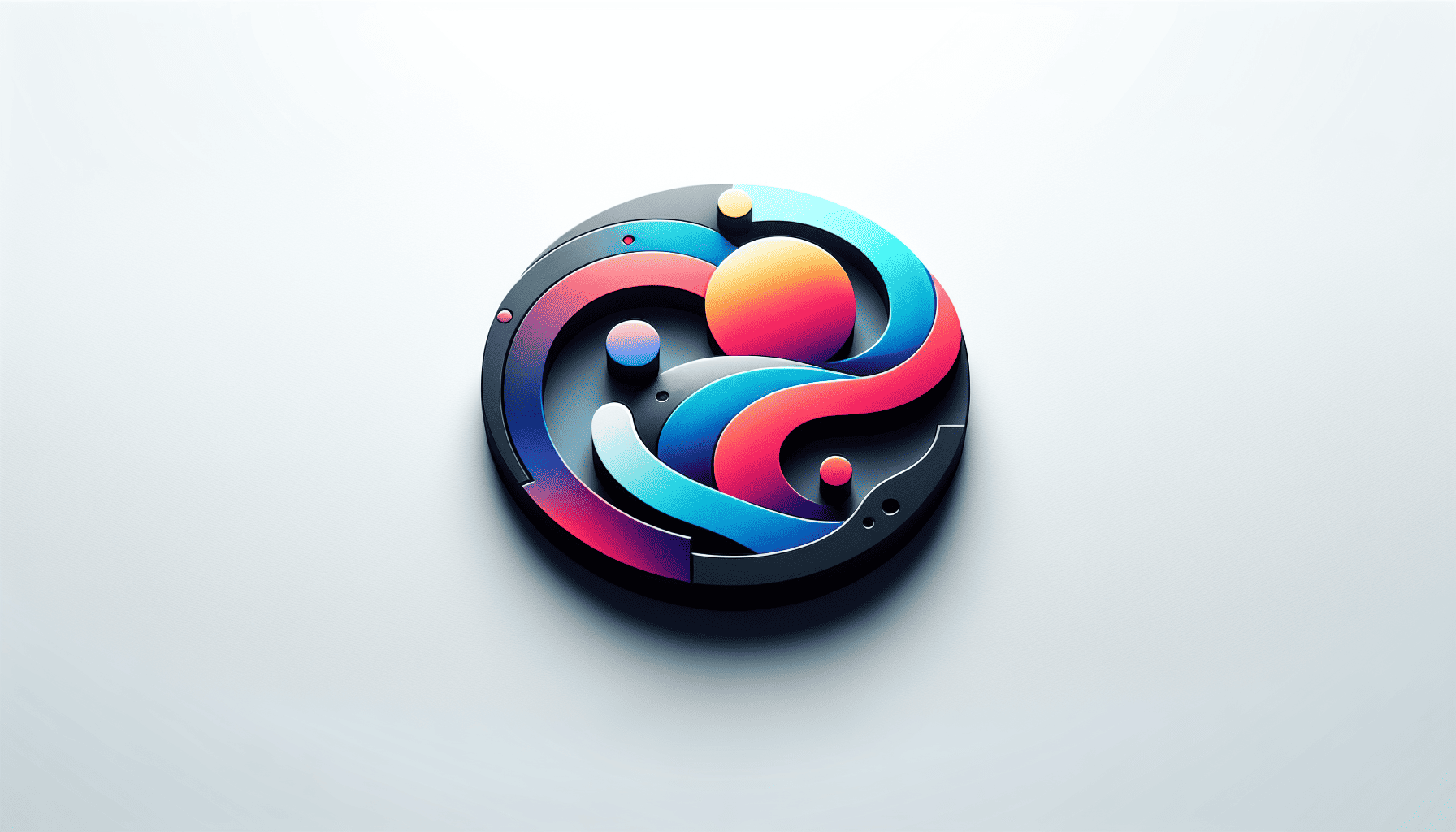Creating a unique logo is an essential step in establishing a brand's identity and making a memorable impression on your audience. A well-crafted logo not only reflects the essence of your brand but also helps differentiate it from competitors. Here are some key considerations and steps to ensure your logo design perfectly aligns with your brand's values and vision.
Understand Your Brand
Before diving into design, it's crucial to have a comprehensive understanding of your brand. Consider what your brand stands for, its core values, its target audience, and the message you want to convey. This foundational knowledge will guide every design decision and ensure that your logo resonates with your audience.
Research and Inspiration
Research is a vital part of the design process. Look at competitor logos to identify trends and gaps that your design could exploit. Gather inspiration from various sources, but ensure not to plagiarize. Understanding the visual landscape in which your logo will exist can help you create something that stands out.
Simplicity and Versatility
One of the key characteristics of a successful logo is simplicity. A simple design is easy to recognize and remember. It should also be versatile enough to work across different media and formats, from websites to business cards and even large-scale prints. Keeping the design clean and adaptable makes it functional and impactful.
Color and Typography
Colors evoke emotions and can significantly influence perception. Select colors that align with your brand's personality. Typography also plays a critical role, as it contributes to the overall feel of your logo. Whether you opt for a sleek modern font or something more traditional, ensure it complements the iconography and the message you want to convey.
Originality and Uniqueness
Strive for originality to ensure your logo is distinct and not easily confused with others. Avoid clichéd symbols and strive to represent your brand uniquely. This doesn't mean creating something overly complex, but rather finding a distinctive angle or element that highlights your brand's uniqueness.
Feedback and Revisions
Once you have a draft, gather feedback from stakeholders and potential customers. Constructive criticism can provide valuable insights and help refine the design. Be open to revisions, as they are often necessary to perfect the final product.
Professional Assistance
If design isn't your forte, consider hiring a professional designer. An experienced logo designer can translate your ideas into a professional-quality logo that effectively communicates your brand's message. They bring an external perspective and have the technical skills necessary to bring your vision to life.
Test and Finalize
Before finalizing, test your logo in various contexts to ensure it performs well in different scenarios. Consider how it looks both in color and in black and white, in small and large sizes, and on various backgrounds. A good logo should be flexible and work well in different environments.
In conclusion, a unique logo is more than just an aesthetic choice—it's a symbolic representation of your brand. By understanding your brand deeply, sticking to simplicity, and ensuring originality, you can create a logo that truly captures your brand's essence and makes a lasting impact.
